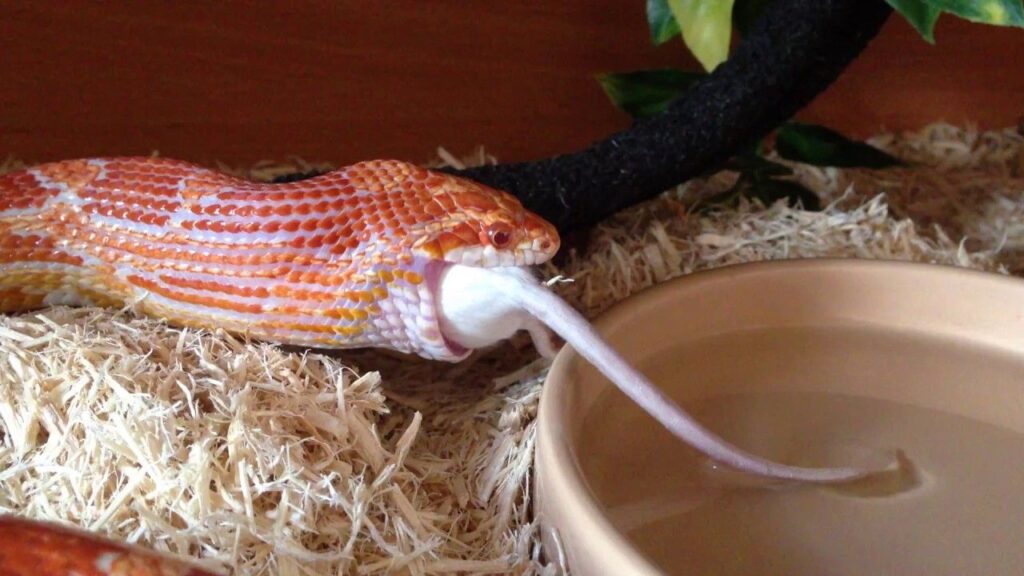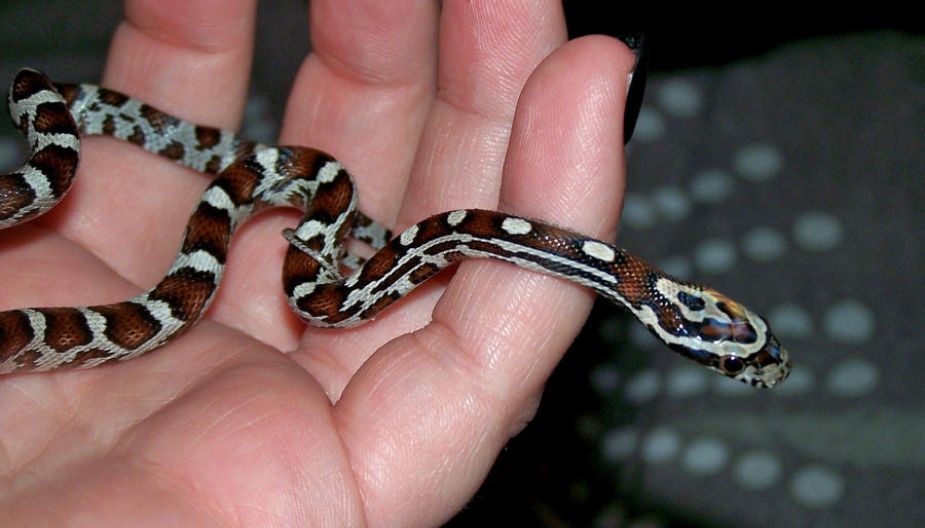As a corn snake owner, you know that providing a balanced diet is crucial for your pet's health and well-being. However, have you considered the deeper nuances of tailoring their diet to meet specific needs?
Beyond the basics of feeding lies a realm of customized nutrition that takes into account age-related dietary considerations, size variations, activity levels, health conditions, and even special dietary needs for breeding corn snakes.
Understanding and implementing these tailored diets can have a significant impact on your corn snake's overall health and vitality. But how exactly do you go about customizing their diet to meet these specific needs?
Let's explore the intricacies of tailoring diets for your corn snake's unique requirements.
Age-Related Dietary Considerations
As corn snakes age, their dietary needs undergo significant changes, necessitating careful adjustments to ensure their continued health and well-being.
Nutritional requirements vary depending on the snake's age. Young corn snakes, up to a year old, require a diet rich in proteins to support their rapid growth and development. This typically consists of appropriately sized pinky mice or fuzzies offered once a week.
As they transition into adulthood, between one to three years of age, their nutritional needs shift towards a more balanced diet of both proteins and fats. At this stage, adult mice or weaned rats can be offered every 7-10 days.
As corn snakes reach their senior years, usually beyond the age of three, their metabolism slows down, and they become less active. Consequently, their feeding frequency should decrease to once every 10-14 days, with a focus on leaner prey such as small adult mice.
Adjusting the feeding frequency and prey size in accordance with the snake's age is crucial in maintaining their overall health and longevity.
Tailoring Diets for Size Variations
Tailoring diets for size variations requires careful consideration of the changing dietary needs of corn snakes as they mature and grow, with adjustments in feeding frequency and prey size crucial for maintaining their health and well-being.
When catering to the size variations of corn snakes, it's essential to understand their growth patterns and how these affect their nutritional requirements. Here are three key factors to consider:
- Growth Patterns: Corn snakes exhibit varying growth rates, with some individuals reaching their full size earlier than others. It's important to monitor your snake's growth and adjust their diet accordingly. Younger snakes typically require more frequent feeding to support their rapid growth, while adult snakes may need less frequent but larger meals.
- Feeding Frequency: As corn snakes grow, their metabolism and energy requirements change. Younger snakes may need to be fed every 5-7 days, while adults may only require feeding every 7-10 days. Adjusting the feeding frequency based on the snake's size is crucial for preventing overfeeding or underfeeding.
- Nutritional Requirements: Size variations in corn snakes also impact their nutritional needs. Smaller snakes may require smaller prey items with higher calcium content to support bone development, while larger snakes may need larger prey items to meet their energy demands.
Understanding and adapting to the size variations of corn snakes is vital for ensuring their overall health and well-being.
Addressing Activity Level in Diets
Considering the activity level of your corn snake is crucial when determining its dietary requirements. Corn snakes, like all living creatures, have varying energy requirements based on their activity levels. Active snakes require a diet that provides a higher energy content to support their metabolism and movement. This means that if your corn snake is particularly active, you may need to adjust its diet to ensure it receives the necessary energy to thrive.
In addition to energy requirements, the nutrient balance in the diet is also important when addressing the activity level of your corn snake. Active snakes need a well-balanced diet that provides essential nutrients such as proteins, fats, vitamins, and minerals. These nutrients are crucial for supporting muscle function, maintaining healthy skin and scales, and overall metabolic processes.
When tailoring the diet for an active corn snake, it's important to select food items that aren't only rich in energy but also provide a diverse array of nutrients. Consider consulting with a reptile nutrition specialist to ensure that the diet meets the specific needs of your active corn snake.
Customizing Diets for Health Conditions
To ensure the dietary needs of corn snakes with specific health conditions are met, a customized approach considering their individual requirements is essential. When customizing diets for health conditions in corn snakes, it's crucial to focus on nutritional therapy and digestive support.
Here are three key factors to consider:
- Tailored Nutritional Therapy: For corn snakes with health conditions such as obesity or malnutrition, a tailored nutritional therapy plan is essential. This may involve adjusting the macronutrient composition of their diet, incorporating specific vitamins or minerals, or even utilizing specialized feeding methods to ensure they receive the necessary nutrients while managing their health condition.
- Digestive Support: Corn snakes with digestive issues, such as chronic constipation or regurgitation, require diets that offer digestive support. This may involve incorporating easily digestible prey items, adding dietary fiber, and ensuring proper hydration to support their digestive system and overall well-being.
- Consultation with a Reptile Veterinarian: When customizing diets for corn snakes with health conditions, consultation with a reptile veterinarian is paramount. A veterinarian can provide valuable insights into specific dietary adjustments, supplementation needs, and overall care to support the snake's health condition effectively.
Special Dietary Needs for Breeding Corn Snakes
When breeding corn snakes, it's important to carefully adjust their diets to meet the specific nutritional demands associated with the reproductive process. Reproductive nutrition plays a crucial role in the breeding success of corn snakes.
During the breeding season, female corn snakes have increased energy requirements to support egg production. To meet these needs, consider increasing the frequency of feeding while also ensuring a well-balanced diet. It's recommended to offer appropriately sized prey items more frequently, such as every 7-10 days, to provide the necessary energy and nutrients. Additionally, female corn snakes may benefit from a slight increase in overall food volume to support the development of eggs.
Breeding season requirements also include an adequate intake of calcium. Female corn snakes can experience calcium depletion due to the demands of egg production, which may lead to health issues such as egg binding. To address this, consider offering prey items with higher calcium content and providing a calcium supplement to prevent deficiencies.
Ensuring that breeding corn snakes receive the specific nutritional support they need during this critical time will contribute to successful reproduction and the overall health of the breeding females.
Conclusion
In conclusion, tailoring diets for specific corn snake needs goes beyond the basics of feeding. By considering age-related dietary considerations, size variations, activity levels, health conditions, and breeding requirements, you can ensure that your corn snake receives the best possible care and nutrition.
It's important to remember that a one-size-fits-all approach to feeding may not be sufficient for the diverse needs of these unique reptiles. By customizing their diets, you can help them thrive and live their best lives.


